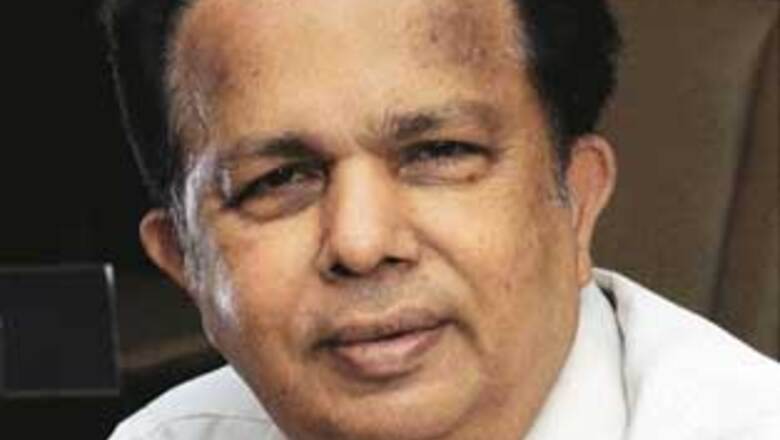
views
Name: Madhavan Nair
Title: Chairman, Indian Space Research Organisation
Age: 65
Qualifications: Completed engineering from Kerala University in 1966. He then trained with the Bhabha Atomic Research Centre in Mumbai.
Work Experience: Joined the Thumba Equatorial Rocket Launching Station in 1967. Has been associated with various elements of India’s space programme since. Has headed ISRO since 2003.
Hobbies: Likes listening to ghazals and old Malayalam film music. Humour novels are a weakness.
Forbes India: What did Chandrayaan-1 accomplish for India?
Madhavan Nair: This was the first time we went near another [celestial body] and changed the course of the spacecraft to go around that - this technology we have really learnt the hard way. Practically, no detail is available from anybody else. And even the type of orbit we chose, 100 km above the moon, was a bold step and has not been attempted by anybody else.
Another area where Chandrayaan-1 helped was the creation of a deep space tracking network.
Forbes India: What is the percentage of objectives did Chandrayaan-1 meet?
Madhavan Nair: On the technological front, that is, travelling to the moon and realisation of the spacecraft, I would say we achieved 100 percent. All of the instruments aboard worked, so based on scientific objectives we achieved 50 percent credit. Then comes imaging, collecting data about the moon’s terrain and surface, for which we had identified minimum criteria well before the moon mission. Therefore, altogether, plus from a scientific perspective, I would say we achieved over 95 percent of our objectives.
Forbes India: How does the cost of Chandrayaan-1 compare with that of the Chinese moon mission?
Madhavan Nair: The Chinese have not released any figures, but estimates are that it cost between $400 to $500 million. In comparison, we have done it in less than $100 million.
Forbes India: What areas of weakness did the failure expose?
Madhavan Nair: I think radiation hardening is the prime area of focus. Some of the electronic devices are susceptible to high-energy particles, so we have to either get better devices or provide better shielding for them.
Forbes India: Critics say ISRO needs to be more transparent.
Madhavan Nair: You take any other organisation in the country and compare it to ISRO and show me one which is more transparent than us. In fact, I think our problem is we talk too much. But we will not put out half-cooked data. I must also complain about the media. The media wants only sensation; they want only failures.
Forbes India: What about the plans for a manned moon mission?
Madhavan Nair: We have to go step by step. First we will go around the earth, the design for which has been completed. We are now in the process of investing in some advanced R&D for that. We are also planning to set up some of the infrastructure for the training of astronauts. 2015 is our target for realising the manned Earth orbit mission. Beyond that it will take another five to six years for the manned moon mission. For that no programme has been conceived as of now.




















Comments
0 comment